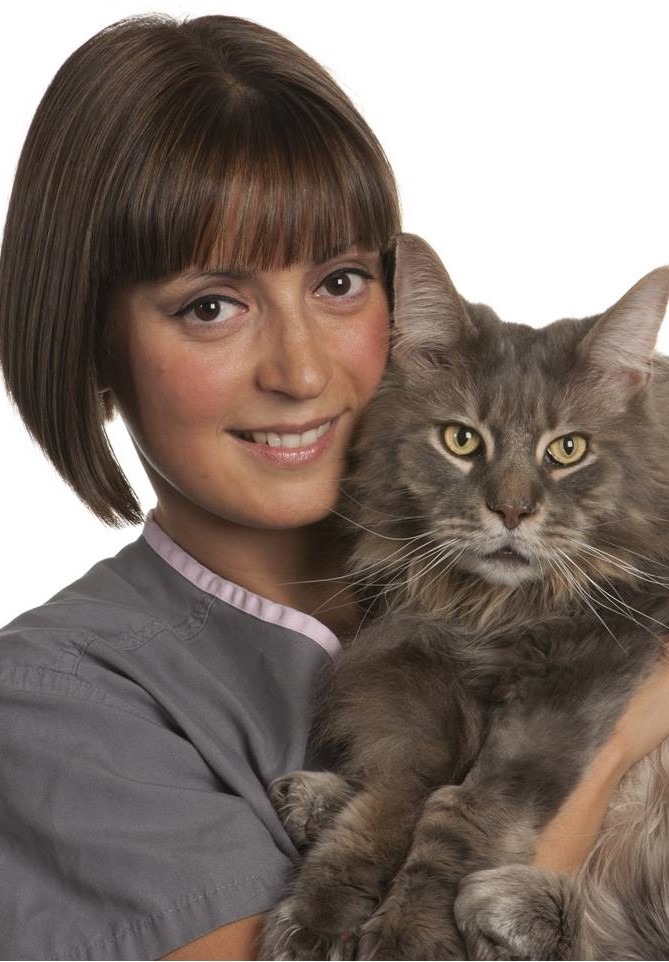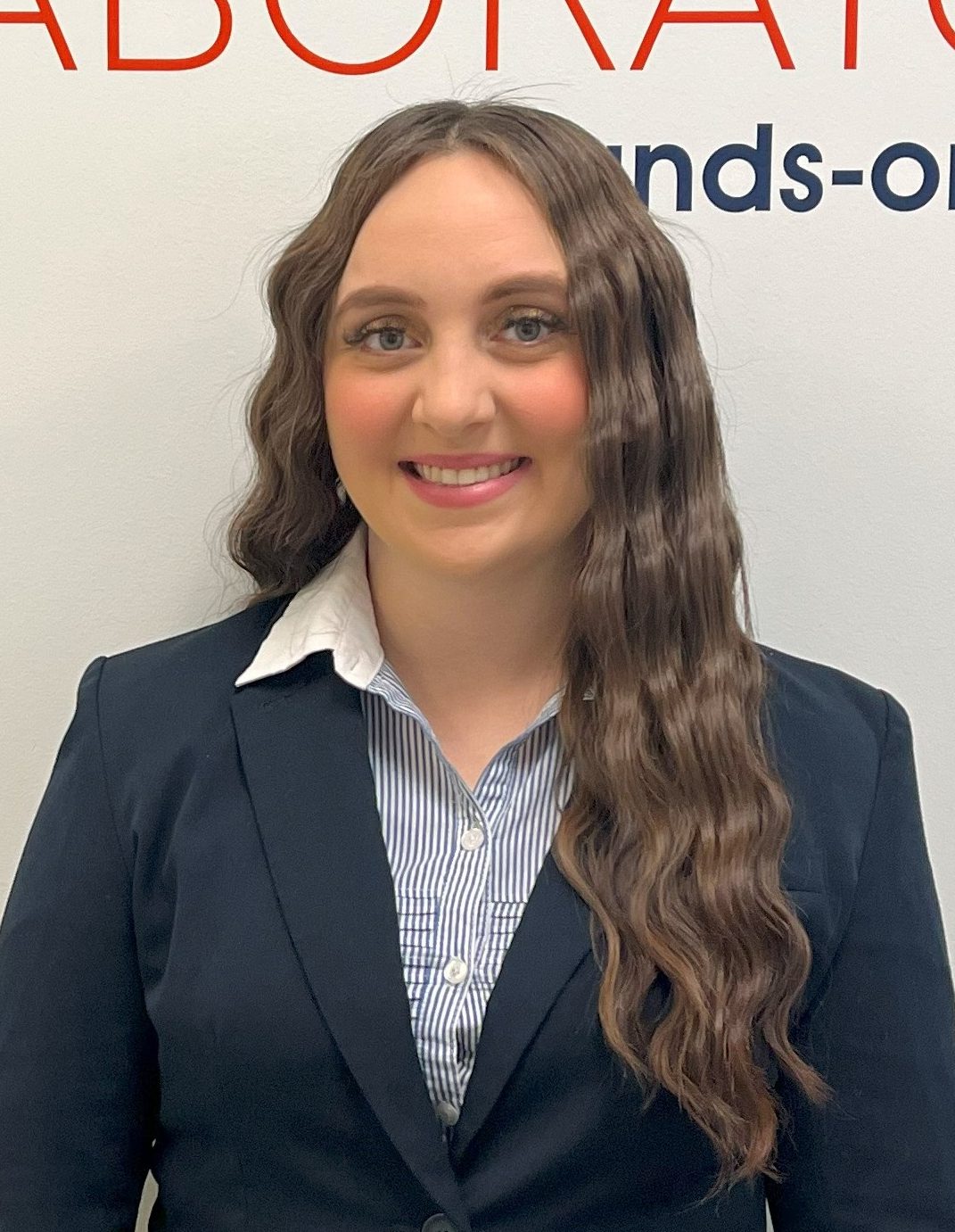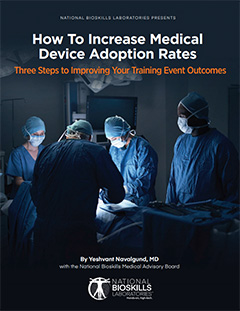Diagnosis and Treatment of Patellar Luxation
2 day class
In this course on Patellar Luxation led by Drs. Karen Perry and Danielle Marturello, participants will gain comprehensive insights into the diagnosis and treatment of canine patients presenting with medial and lateral patellar luxation. Learning objectives include recognizing historical and gait assessment findings, selecting appropriate radiographic projections, interpreting radiographs, and determining when advanced imaging is necessary for surgical planning. The course delves into non-surgical and surgical treatment options, addressing components such as trochleoplasty, patelloplasty, tibial tuberosity transposition, distal femoral osteotomy, proximal tibial osteotomy, and soft tissue balancing procedures. By the end of the course, participants will be equipped to formulate effective diagnostic and treatment plans for patients with patellar luxation,discuss prognoses, and understand the factors contributing to recurrence in specific cases.
Level - Intermediate
OBJECTIVES
Course Objectives & Outcomes
History
patellar luxation.

























